Exoplanet Mystery Finally Explained?
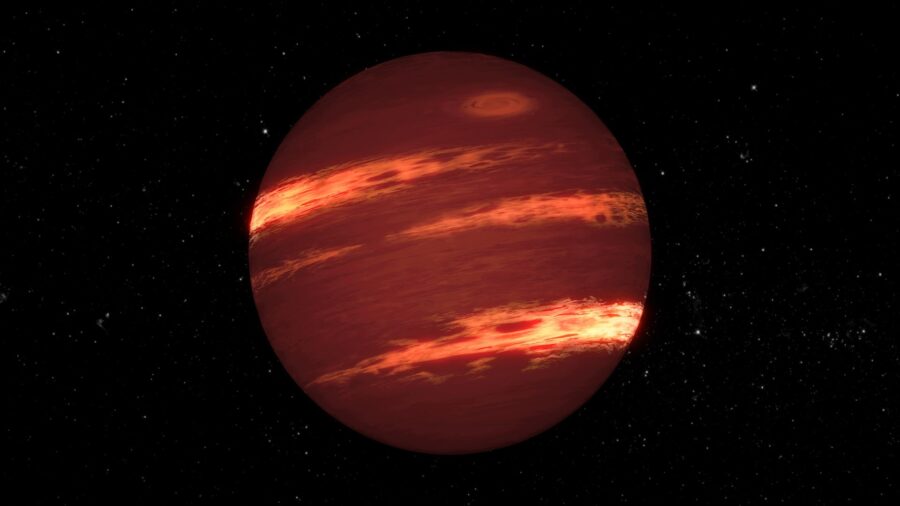
Exoplanet scientists have potentially solved a mystery that has been baffling researchers for years, and have reason to believe that some exoplanets aren’t actually disappearing, but rather shrinking in size. Their recent findings were published this week in The Astronomical Journal, and suggest that loss of atmosphere due to intense exoplanet core heat could very well explain why we don’t presently see too many exoplanets of a particular mass. The primary point of focus involves exoplanets placed within the mass range between super-Earth and sub-Neptune-sized planets.
Exoplanets Shrink Over Time
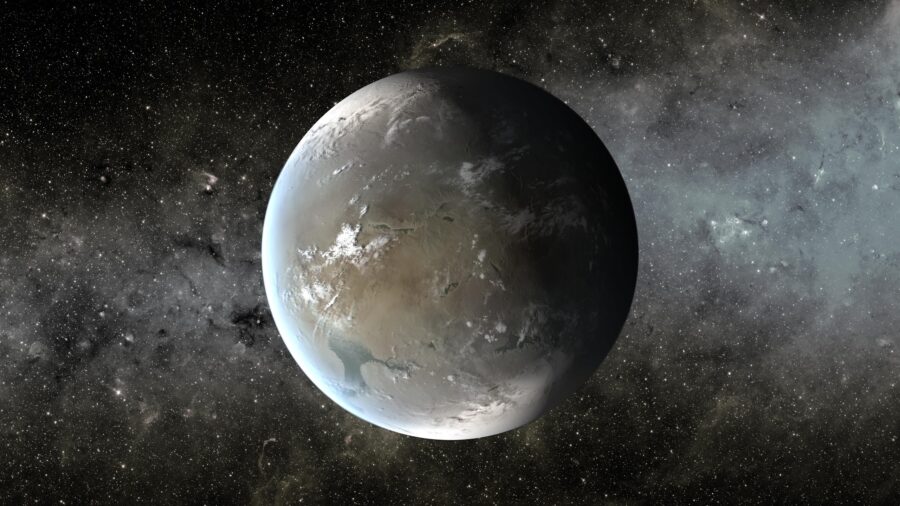
Having studied data from the now-retired Kepler Space Telescope, Exoplanet scientists surveyed data on star clusters that are up to 800 million years old. In their research, they noticed that there was a startling lack of exoplanets with masses between 1.5 to 2 times larger than Earth, which raised a lot of questions. Jessie Christiansen, the lead author of the study asserts that her team has enough data to confirm that an exoplanet within this mass range may not be able to reach or maintain this size over a long period of time.
What Causes The Decrease In Size?
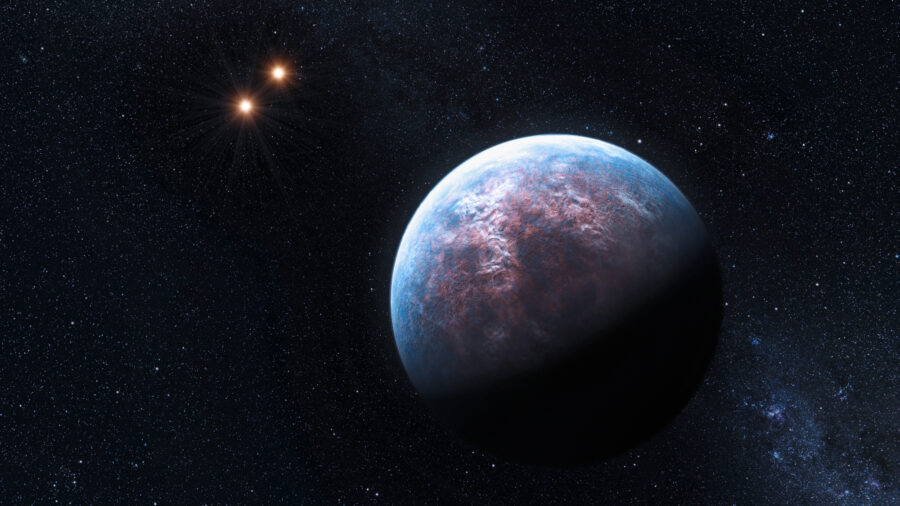
The latest research concluded that an exoplanet within this size range is prone to shrinking when its hot planetary core emits radiation that pushes the celestial body’s atmosphere away in process called photoevaporation.
The prevailing theory is that this process of core-powered mass loss occurs within the first 100 million years of an exoplanet’s existence, which explains why the current data points reveal a smaller presence of this kind of exoplanet. Younger sub-Neptunes, which are exoplanets that have a similar hydrogen or helium-dominated atmospheres, are more commonly found because they haven’t yet lost their atmospheres to the photoevaporation process.
Gathering More Data Via Telescopes
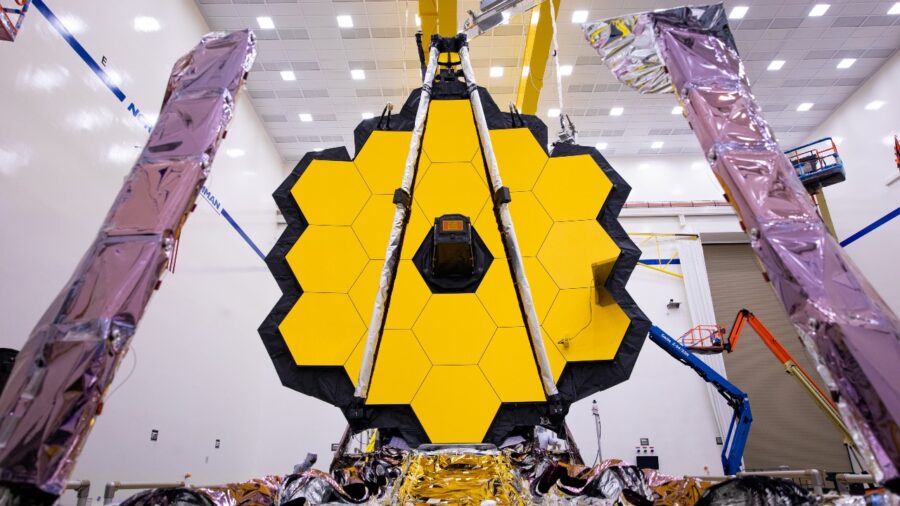
As exoplanet scientists continue to gather data through the use of the Hubble and James Webb Space Telescopes, they hope that any new findings will further support their theory rather than complicate it. Given the timeline, however, the high occurrence of younger sub-Neptunes compared to the more recently studied sub-Neptunes that are much older, reveal that core-powered mass loss is the most logical conclusion to arrive to at the time of this writing.
In other words, as a sub-Neptune exoplanet reaches a certain point in its lifecycle, around the 100-million-year mark, its size changes as its atmosphere diminishes. So we’re not “losing planets,” but rather witnessing their transformation into a celestial body that has a different size than it had in the past.
Connecting The Dots
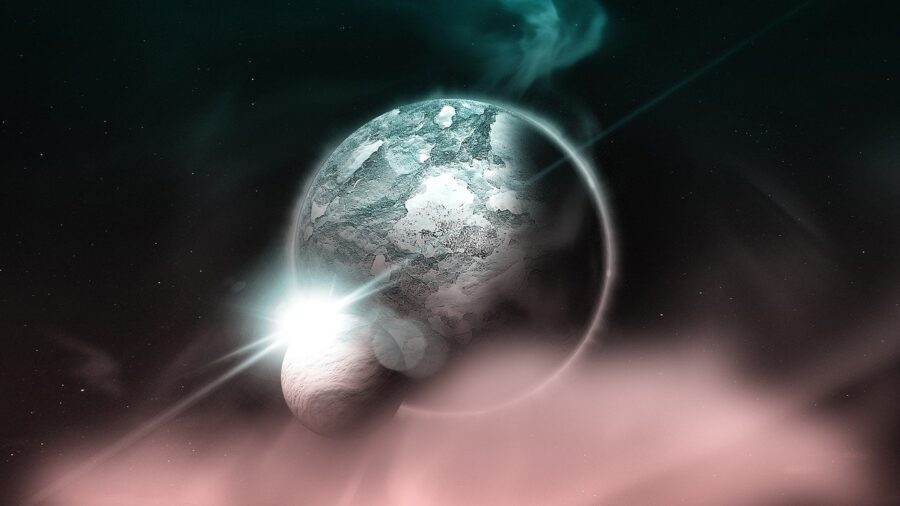
As it currently stands, the research looks promising, and as scientists gather more datasets through continued research, they can prove without a doubt that this process of photoevaporation is, in fact, what’s happening in distant star clusters far from our earthly vantage point. Though the Kepler Space Telescope has been retired from service since 2018, exoplanet scientists are just now connecting the dots, and gathering their findings five years later.
Unraveling More Mysteries About Exoplanets
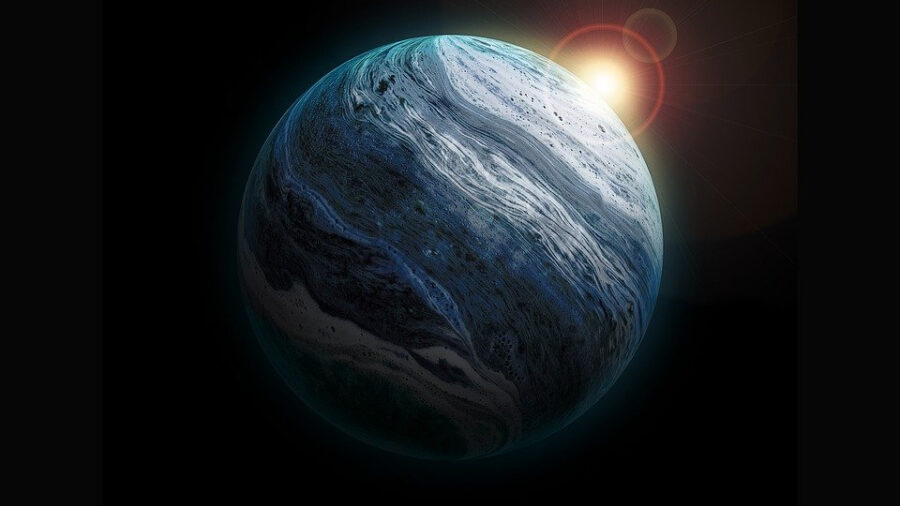
Now that we have a running theory that seems to hold a significant amount of weight, researchers can rely on the James Webb Space Telescope, as well as the Hubble Space Telescope to further explore this avenue of research, and uncover the exoplanet mystery that they’ve been trying to solve.












